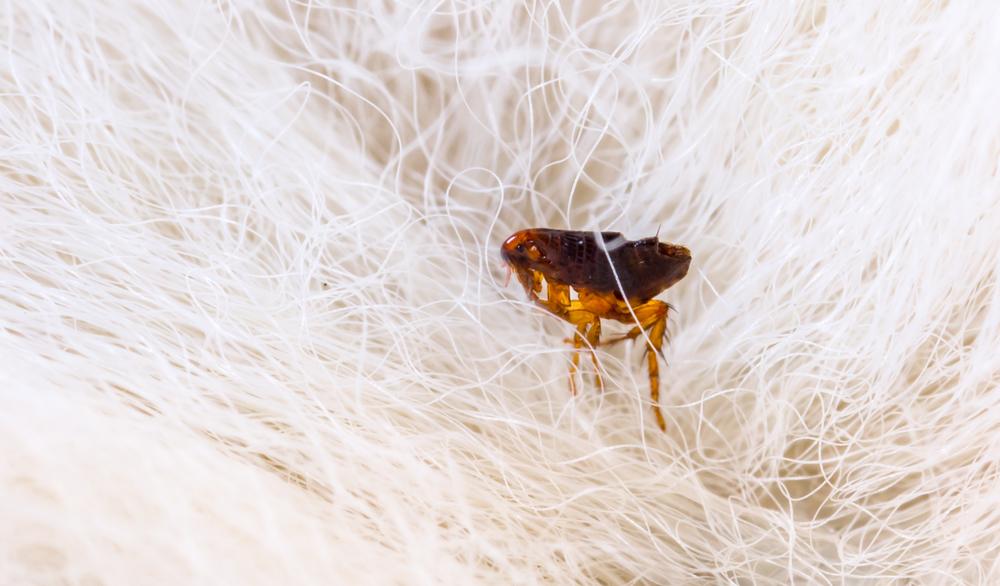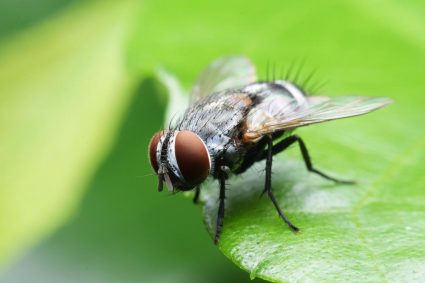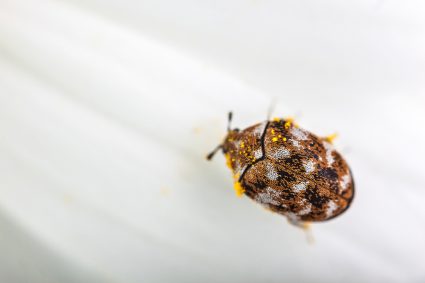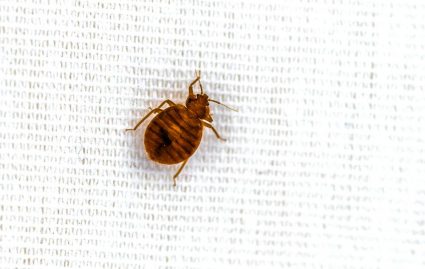
Flea bites on glass are a common occurrence in the world of glassware and collectibles. They are minute chips or cracks that are roughly the size of a pencil lead or smaller. Despite their size, they can have a significant impact on the value and appearance of a glass item. In this article, we will explore what a flea bite on glass is, how it occurs, how to identify it, and how to deal with it.
A flea bite on glass refers to a small chip or crack on the surface of a glass object, often too small to measure. They are usually found on the rim, base, or body of glassware and can occur due to normal wear and tear or handling. They do not necessarily detract from the value or beauty of a glass piece, especially if they are located on the underside of the base.
What is a Flea Bite on Glass?
A flea bite on glass refers to a small chip or crack on the surface of a glass object. These tiny imperfections are often found on the rim, base, or body of glassware and are usually too small to measure. Flea bites can occur due to normal wear and tear, handling, or when glass objects bump against each other. They do not necessarily detract from the value or beauty of a glass piece, especially if they are located on the underside of the base.
How to Identify a Flea Bite on Glass
Identifying a flea bite on glass requires careful examination. You should examine the glass item under bright light, looking for minute chips or cracks. Flea bites can be detected using a magnifying glass or by running your fingers around the rim, base, and body of the piece to feel for any sharp spots or visible losses.
How to Prevent Flea Bites on Glass
Preventing flea bites on glass involves taking care when handling and storing your glass items. Always handle your glassware with clean, dry hands to avoid slipping. When storing, wrap each piece individually in bubble wrap or a soft cloth and avoid stacking items on top of each other.
How to Repair a Flea Bite on Glass
There are several methods available for repairing a flea bite on glass. One such method is using a Crystal Saver, a tool designed to smooth chipped edges of glass. Another method involves sanding the chipped area using sandpaper. For larger chips or cracks, professional glass repair services may be needed.
Flea Bites on Humans: Natural Remedies
While flea bites on glass are a concern for collectors and sellers of glassware, flea bites on humans are a health concern. There are several natural remedies available for treating flea bites on humans, including the use of ice packs, aloe vera, witch hazel, rubbing alcohol, vinegar, tea tree oil, used tea bags, lemon, honey, and calamine lotion.
In conclusion, while flea bites on glass can be a nuisance, they do not necessarily indicate a significant flaw or damage to the glass item. By understanding what a flea bite on glass is, how it occurs, and how to deal with it, you can ensure that your glassware remains in the best possible condition.
Frequently Asked Questions
What causes flea bites on glass?
Flea bites on glass are usually caused by normal wear and tear, handling, or when glass objects bump against each other.
Are flea bites on glass always visible to the naked eye?
Not always. While some flea bites may be visible to the naked eye, others may require a careful examination under bright light or the use of a magnifying glass to be detected.
Do flea bites on glass reduce the value of the glass item?
It depends on the size and location of the flea bite. Flea bites that are located on the underside of the base or are too small to measure may not significantly detract from the value or beauty of a glass piece.
Can I repair a flea bite on glass myself?
Yes, there are several methods available for repairing a flea bite on glass, such as using a Crystal Saver or sanding the chipped area with sandpaper. However, for larger chips or cracks, professional glass repair services may be needed.
Are flea bites on humans and flea bites on glass related?
No, they are not related. The term “flea bite” in the context of glassware refers to a small chip or crack on the surface of a glass object, while a flea bite on a human is an actual bite from a flea. The term is used in both contexts due to the small size of the imperfection or bite.










